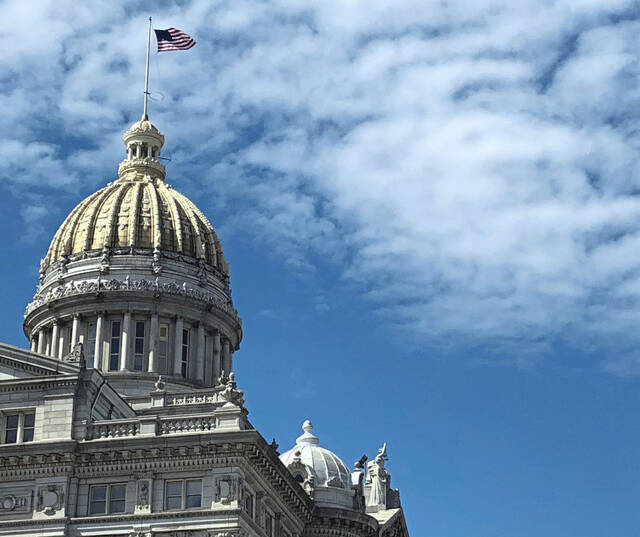Editorial: Why the cliffhanger American Rescue Plan announcement?
It’s about time.
The Westmoreland County Commissioners have plans for the American Rescue Plan funds — finally.
The American Rescue Plan was the $1.9 trillion federal legislation passed in March 2021 with multiple purposes: to fight covid pandemic spread, to financially help American households and to provide money for communities struggling in the wake of the disease and its economic impact.
The more than $105 million allocated for Westmoreland County has had a few nibbles bitten off since then. It does seem strange to call the $7 million that went to the courthouse parking garage construction project or the $1 million in staff raises nibbles, but they are less than 10% of the whole package.
It is more than 11 months since the Tribune-Review first asked what was going to happen with the Westmoreland funds and urged the county to get input from the communities before making decisions.
The commissioners did that, opening a survey website and holding public hearings for even more guidance on where to direct the $97 million still on the table. But by April, there still was no plan. Lots of suggestions, yes, and priorities from each of the three leaders on where they thought the money should go, but no concrete plans.
Now a plan is set for a vote Thursday — kind of. This plan will be for about $25 million of the ARP nest egg.
“We will be releasing it incrementally, month to month, of what the next steps are,” Commissioner Sean Kertes said.
That’s better than what has been out there — a laundry list of things that sound good with no real blueprint for what will be spent.
This first chunk will go for fighting blight ($10.4 million), water and sewer projects ($10 million), and the Westmoreland County Food Bank ($4.4 million). All are worthy projects, and all have been discussed from the beginning. Food bank expenditure is, in fact, an idea that is specifically mentioned in the White House ARP news release.
There is nothing inherently wrong with the commissioners dragging out the process like a cliffhanger on a soap opera. They have until the end of 2024 to make plans and until 2026 to spend the money — a window that takes into account the slow movement of big-ticket projects, feasibility studies and construction bidding.
But the “tune in next month” timeline also has no innate merit. It doesn’t save any money or stretch the budget. After a year of investigation into where the money should go, why be so coy?
Remove the ads from your TribLIVE reading experience but still support the journalists who create the content with TribLIVE Ad-Free.

